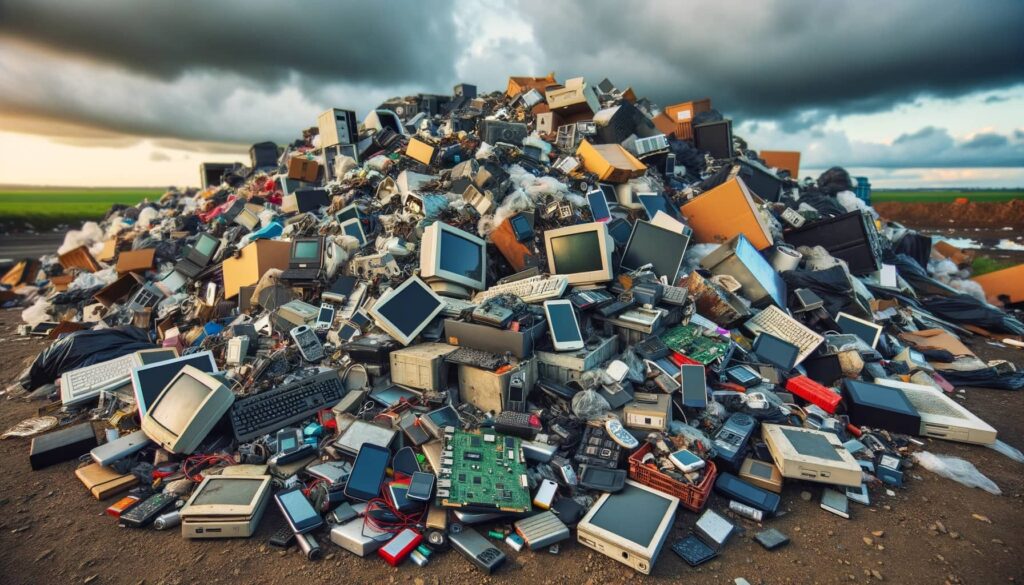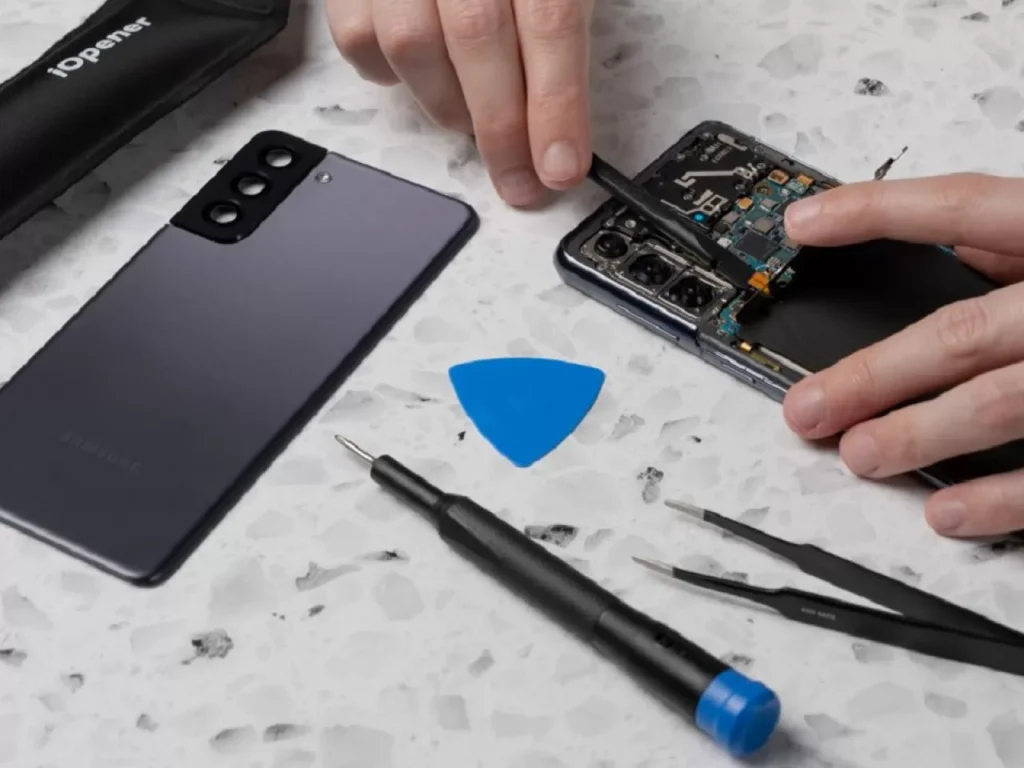Once Halloween is over, there is still a specter that haunts Europe (and the USA), and it is not that of communism described in that famous incipit: it is that of the laws on the right to repair. This is a potential game changer that could fundamentally change our relationship with technology.
Of course, it's about prolonging the life of our devices, but also significantly contributing to reducing their environmental impact. And that's not all: the right to repair will also influence the business strategies of large technology companies, pushing them towards a more sustainable and responsible model. Is this why they haven't been completed yet? We see.
The right to repair: the current situation between obstacles and limitations
It is increasingly difficult to repair devices. And for several reasons. The practice known as “parts pairing,” which ties individual parts to the devices they ship with using unique serial numbers, has made repairs increasingly complicated. Furthermore, the high costs of official repair services and the difficulty of accessing these services often discourage consumers, who end up replacing the device rather than repairing it. Is it true or not? I know it, you know it.
The price? We pay for it. And the environment.
How many times have you thought that our household appliances have a sort of "expiry date"? The famous phenomenon known as “planned obsolescence” has already been overcome. Yes sir. Now it's even worse than that.
According to a report by the European Environment Agency, many of the electronic goods in our homes – from televisions to vacuum cleaners – are used on average 2,3 years less than their designed or desired lifespan. This contributes to the increase in electronic waste, which in 2020 reached the estimated figure of 53 million tons. It's not just a question of convenience or cost: it's an environmental question.

The right to repair: a glimmer of hope
New right to repair laws are gaining traction in both the United States and Europe. These laws aim to give consumers more power to fix their devices, offering a light of hope for a more sustainable future.
In California, Minnesota, New York, the right to repair it has been law for a very short time (in California for about twenty days). The one currently under discussion in the European Parliament could become EU law as early as next year. All could have a significant impact on how technology products are designed, sold and used. In other words, about technology companies.
What kind of impact?

Big tech companies are already starting to respond to these legislative pressures. Apple Lossless Audio CODEC (ALAC),, for example, introduced a USB-C charging port on the iPhone 15, in response to EU regulations requiring common chargers for electronic devices (they are still missing many of its devices).
In the USA, the store online from Microsoft made available from time specific repair kits for the Xbox Elite Wireless Series 2 controller and for the standard model, which is the most common. These kits include keys, covers and internal components to facilitate DIY repairs.
SamsungInstead, he offered for a few months now the possibility of repairing some of your Galaxy series smartphones at home.
Let's be clear: they are palliative. Good initiatives in a framework that still does not force companies to make more responsible and consumer-oriented choices. The laws for the right to repair will make this attitude a "genetic" predisposition of companies. A duty, indeed.
Towards a more sustainable business model
The new laws will have to push companies to rethink theirs business models. For example, they could encourage the design of more durable and easily repairable products. This could in turn reduce the need to produce new devices, helping to reduce environmental impact and costs for consumers.
Companies have become a little too aggressive, a little too greedy.
Aaron Perzanowski, professor of law at the University of Michigan and expert on the right to reparation.
Not just at home: the revolution of zero kilometer repairability
If right to repair laws are implemented effectively, we may see one revival of local repair shops. “If I have a faulty product, I could go to a local repair shop, ideally five minutes away, leave it there, get a nice coffee and have my product back an hour later,” he imagines Rene Repasi, German member of the European Parliament.
This would also not only benefit the local economy, but also reduce the environmental impact of transporting faulty devices.
The role of emerging technologies
Emerging technologies such as 3D printing could also play a crucial role in making repairs more accessible. Imagine a future where replacement parts can be 3D printed directly in the repair shop, reducing costs and waiting times.
This could revolutionize the very concept of "reparability", making it more efficient and sustainable. No more "logistical nightmares" like traveling halfway around the world to transport four pieces of plastic needed to fix a phone.
In summary: we need the right to repair badly
The right to repair is a damn social responsibility problem. A real, modern, urgent problem.
New laws and emerging technologies give us the real possibility of a future where devices are designed to last and be repaired, rather than replaced. It is one of the most truly disruptive developments with respect to the world economy: and therefore it is of no interest to any skeptical chatterbox who spends his time commenting (obviously with his smartphone) things like "technology has ruined us".
But yes to you, right? Let's run for cover!


